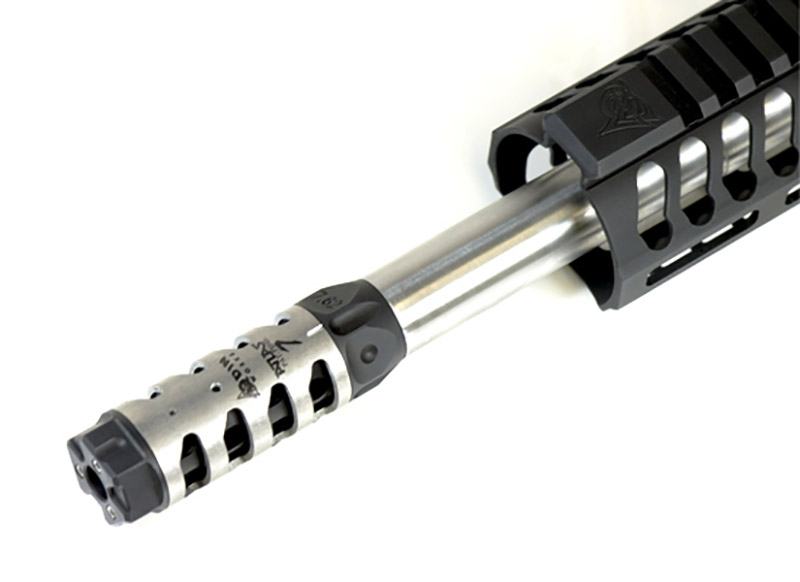

In 2020, the United States Marine Corps began to field suppressors in its combat units, citing improved communication on a squad and platoon level because of the reduced sound. The British Special Operations Executive (SOE) Welrod pistol with an integral silencer was also used by the American OSS on clandestine operations in Nazi-occupied Europe. When Roosevelt finished, Donovan turned his back and fired ten shots into a sandbag he had brought with him, announced what he had done and handed the smoking gun to the astonished president. According to OSS research chief Stanley Lovell, Donovan, an old and trusted friend of the President, was waved into the Oval Office, where Roosevelt was dictating a letter. OSS Director William Joseph "Wild Bill" Donovan demonstrated the pistol for President Franklin D. Silencers were regularly used by agents of the United States Office of Strategic Services, who favored the newly designed High Standard HDM. įormer president of the United States Theodore Roosevelt was known to purchase and use Maxim Silencers. The muffler for internal combustion engines was developed in parallel with the firearm silencer by Maxim in the early 20th century, using many of the same techniques to provide quieter-running engines, and in many English-speaking countries automobile mufflers are called silencers. Maxim gave his device the popularly trademarked name "Maxim Silencer," and it was regularly advertised in sporting goods magazines.

He received his patent on March 30, 1909. Īmerican inventor Hiram Percy Maxim, son of Maxim gun inventor Hiram Stevens Maxim, and co-founder of the American Radio Relay League, is usually credited with inventing and selling the first commercially successful silencer around 1902. In 1892 a Swiss inventor called Jakob Stahel patented a silencer intended for killing cattle though he claimed it could be adapted to other firearms too. A flash hider, or muzzle shroud, on the other hand, conceals visible flashes by screening them from the direct line of sight, rather than reducing the intensity of the flash. This is different from a flash suppressor, which reduces the amount of flash by dispersing burning gases that are already released outside the muzzle, without necessarily reducing sound or recoil. The weight of the silencer itself and the leverage of its mounting location (at the far front end of the barrel) will also help counter muzzle rise.īecause the internal baffles will slow and cool the released gas and contain gunpowder that is still burning upon exit from the muzzle, silencers also reduce or even eliminate the muzzle flash. However, the internal baffles significantly prolong the time of the gas release and therefore decrease the rearward thrust generated - as for the same impulse, force is inversely proportional to time. Silencers can also reduce the recoil during shooting, but unlike a muzzle brake or a recoil compensator, which reduce recoil by vectoring the muzzle blast sideways, silencers release almost all the gases towards the front. This slows down the gas and dissipates its kinetic energy into a larger surface area, reducing the blast intensity, thus lowering the loudness. During firing, the bullet flies through the bore with little hindrance, but most of the expanding gas ejecta behind it is redirected through a longer and convoluted escape path created by the baffles, prolonging the release time. Like other muzzle devices, a silencer can be a detachable accessory mounted to the muzzle, or an integral part of the barrel.Ī typical silencer is a metallic (usually stainless steel or titanium) cylinder containing numerous internal sound baffles, with a hollow bore to allow the projectile ( bullet) to exit normally. A silencer, also known as a sound suppressor, suppressor, or sound moderator, is a muzzle device that suppresses the blast created when a gun ( firearm or airgun) is discharged, therefore reducing the acoustic intensity of the muzzle report (sound of a gunshot) and jump, by modulating the speed and pressure of the propellant gas released from the muzzle.


 0 kommentar(er)
0 kommentar(er)
